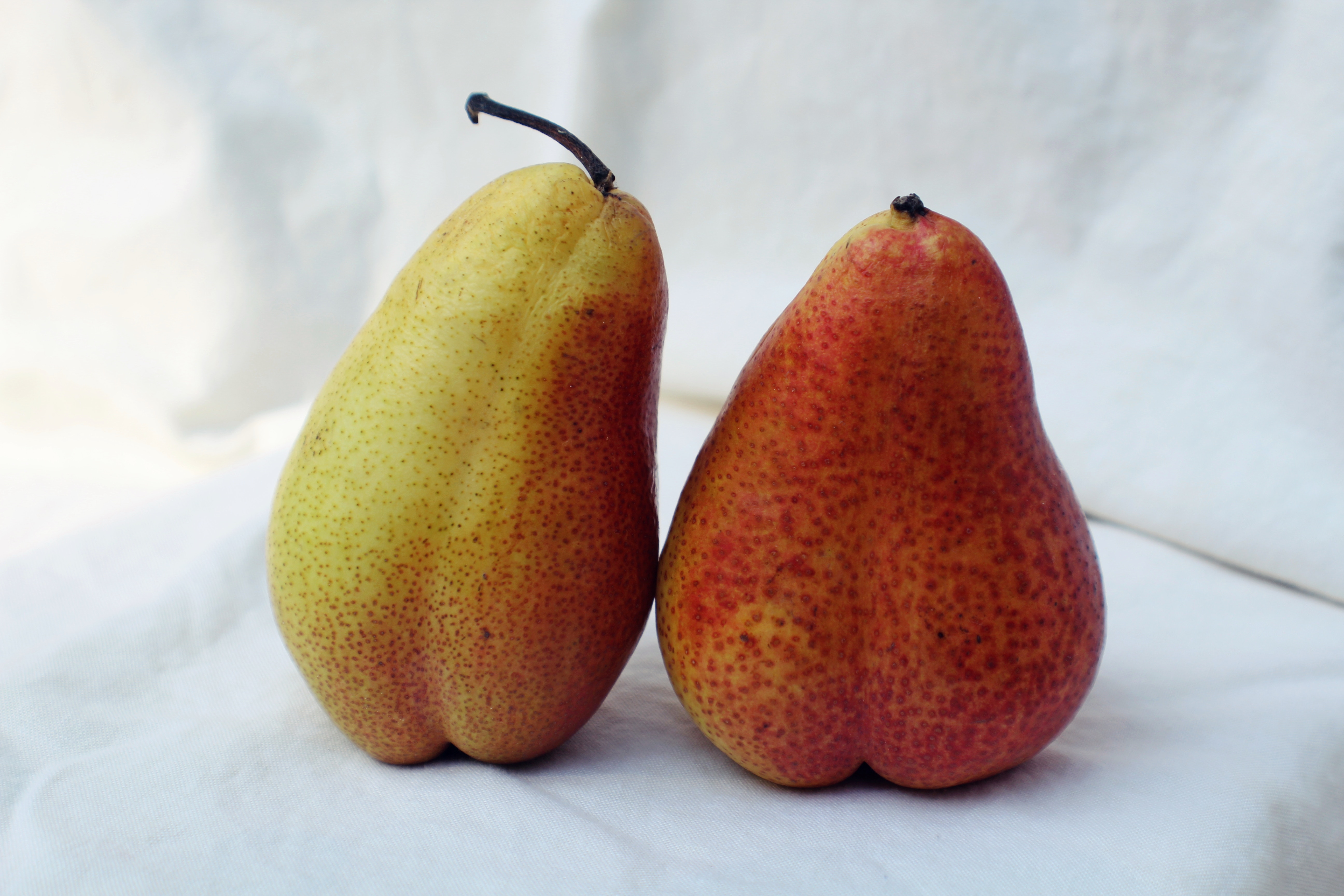India Gailey-
I first consciously listened to gamelan music in the fall of my first year at Acadia when Dr. Jeff Hennessy played some snippets for our Music and Society class. Soon after, I attended the Gamelan Ensemble concert and found it pretty overwhelming. The ringing overtones were flying around the auditorium and my ears and vibrating through my body. It was really entertaining to watch the different kinds of calmly wielded mallets dance like red eyes through dark space, and to watch Ken’s hair bouncing along as he manipulated the tempo on kendang (hand drums). I was slightly uncomfortable, yet relaxed and intrigued.
I’m now a member of the Gamelan Ensemble, and the way I hear gamelan music has completely changed. The slightly-off intonation that used to sound harsh is now just a natural part of the gamelan sound-world. The music can be repetitive, and rarely has an arc or climax in the same way that Western music does; it is usually a consistent contrapuntal texture with different sections that vary in density, tempo, or the prominence of certain instruments. I can tune into a particular aspect based on how I’m feeling, maybe focusing on a rowdy peking (soprano keyboard) line, or a woodsy gambang accompaniment (xylophone type of instrument), or listen to the entire texture as a whole. I think I hear the music in larger waves now.
Playing gamelan requires a special kind of concentration, a kind that I’m not so used to. The keyboard instruments often play a super fast interlocking line, and if one person falls off (usually me) it’s really hard to get back on track! Even the simpler parts can be difficult because it is easy to space out. But that’s the beauty of playing music; it’s a constant reminder to be present. And I do like hitting things to make interesting sounds, so I’m working on getting better at it.
Ken Shorley-
“What is gamelan?” The word gamelan (GAH-muh-lahn) is a broad term that is used to describe a type of percussion orchestra from Indonesia, particularly from the islands of Java and Bali. Most gamelan ensembles are made up of hand-crafted bronze and wooden instruments, and usually include a combination of the following: large suspended gongs, sets of tuned gong-chimes, metallophones, xylophones, bamboo flutes, cymbals, and double-headed hand drums. Written records of gamelan activity in Java date back to the Hindu-Buddhist courts of the 12th century, although it is believed to have roots in even more ancient musical traditions.
Today, the gamelan continues to play an important role in the cultural life of Indonesia. There are many different types of gamelan music, each appropriate to a particular event or occasion. Gamelan is heard at wedding celebrations, birth rituals, funerals, festivals, and “latihan” (casual listening sessions in private homes), as well as providing accompaniment to dance and shadow puppet performances. Contemporary musicians (both in Indonesia and elsewhere) have also been enjoying the exploration of “fusion” styles that combine gamelan with pop, rock, jazz, hip-hop, avant-garde, and electronic music.
The gamelan that has been in residence at the Acadia School of Music since 2008 is a Sundanese (West Javanese) Gamelan Degung. Compared with other gamelan, ours is almost an “apartment-sized” ensemble, which requires only eight people to perform. The Acadia Gamelan Ensemble performs a wide variety of beautiful and exciting music, both traditional and contemporary, and has been proud to premiere new works by Canadian and Indonesian composers, including those written by our mentor and teacher Ade Suparman from Bandung, West Java.
There are opportunities for Acadia students from all faculties to hear and play gamelan, including a very special summer gamelan course in June 2016 with visiting instructor, the multi-instrumentalist/composer Ade Suparman. If you would like more info about Gamelan at Acadia, please visit: http://kenshorley.com/acadiagamelan.




